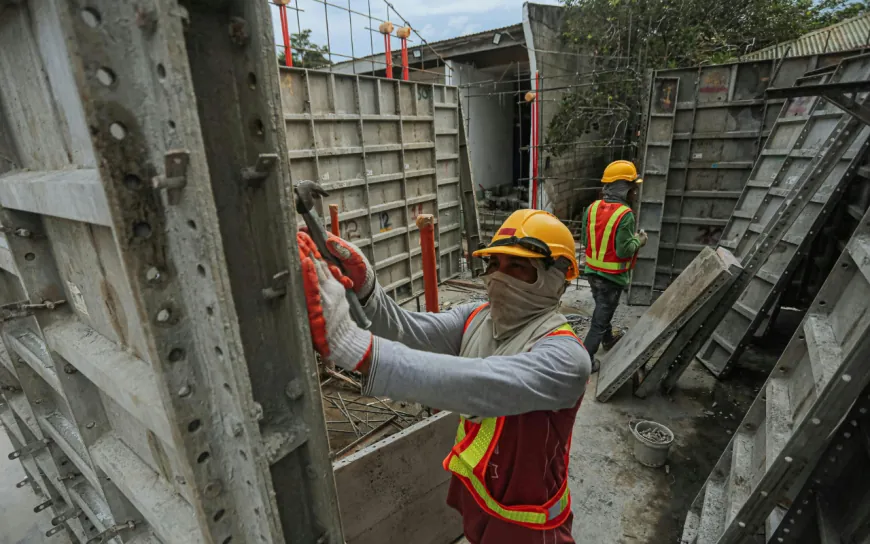OSHA 30 Course Empowering Supervisors to Lead Safe Work Practices
The OSHA 30-hour course is a workplace safety program designed for workers in high-risk industries, focusing on advanced safety training to help prevent accidents. Supervisory-level employees gain crucial skills in hazard identification, emergency response, and safety protocols, which contribute to a safer work environment for all.

In today’s fast-paced work environments, effective leadership is more crucial than ever. The OSHA 30 course is a game-changer for fostering a culture of safety within organizations. Tailored specifically for supervisors and managers, this comprehensive training provides essential tools for championing safe work practices. This course empowers supervisors to protect their teams and inspire a commitment to safety throughout the workplace.
The Role and Responsibility of Supervisors
Supervisors play a key role in coordinating a company's safety initiatives, directly reporting to management, and observing workers' daily activities. Their role goes beyond task assignments; they actively develop and implement procedures to reduce workplace injuries.
Supervisors have a legal obligation to understand their safety responsibilities. They must foster a safe environment where employees feel comfortable reporting hazards without fear of retaliation.
Practices for Ensuring Workplace Safety
- Training employees to perform work safely
- Ensuring mandatory safety training is completed
- Enforcing safe work practices and procedures
- Ensuring corrective actions are taken to address hazards
- Responding immediately to identified hazards
- Conducting accident investigations
OSHA Standards for Supervisor Training
According to OSHA Standard 1960.55, supervisory employees must receive training in:
- Maintaining safe and healthful working conditions
- Understanding OSHA standards and procedures for reporting hazards
- Managing the agency's safety and health program within their work units
- Motivating subordinates to follow safe work practices
How the OSHA 30 Course Empowers Supervisors
The OSHA 30 course helps supervisors develop the knowledge and skills to become effective leaders in workplace safety. This 30-hour training program covers essential topics, including:
- Hazard Recognition: Supervisors learn to identify workplace hazards, preventing accidents before they occur.
- Safety Management Systems: Training in creating and maintaining effective safety programs.
- Emergency Preparedness: Strategies for developing emergency response plans.
- Communication Skills: Effective ways to communicate safety policies and foster an open safety dialogue.
The Importance of Empowering Supervisors
Organizations that invest in OSHA 30 training for supervisors see significant improvements in workplace safety:
- Enhanced Safety Culture: Supervisors prioritize safety, fostering a culture that values health and well-being.
- Reduced Incidents and Injuries: Supervisors focus on hazard identification and prevention, decreasing accidents.
- Regulatory Compliance: Understanding OSHA standards helps supervisors ensure compliance and avoid penalties.
- Increased Employee Engagement: A focus on safety enhances morale, productivity, and job satisfaction.
Many organizations report improved safety performance with OSHA 30 training for supervisory staff. For example, a construction company saw a 40% reduction in reported incidents within a year of training supervisors, leading to lower insurance premiums and reduced downtime.
Impact of OSHA on Workplace Safety
According to Bureau of Labor Statistics data, the fatal work injury rate has dropped significantly since OSHA's founding. In 1970, the rate was 18.0 deaths per 100,000 workers, decreasing to 3.5 per 100,000 by 2019.
Conclusion
The OSHA 30 course is a vital resource for empowering supervisors to lead safe work practices. By equipping them with the skills needed to identify hazards and promote safety, supervisors help create a secure and productive work environment.












